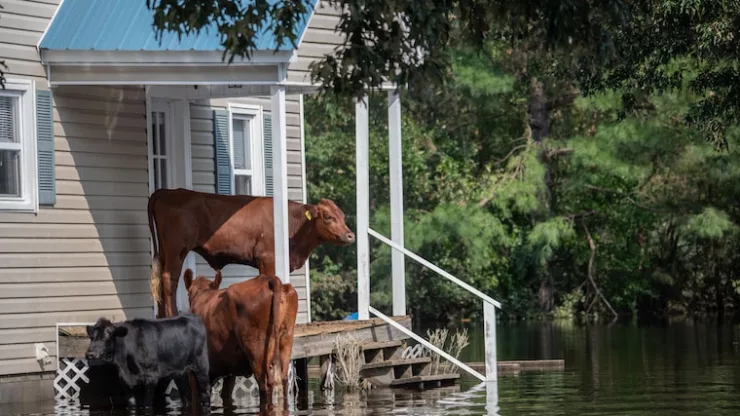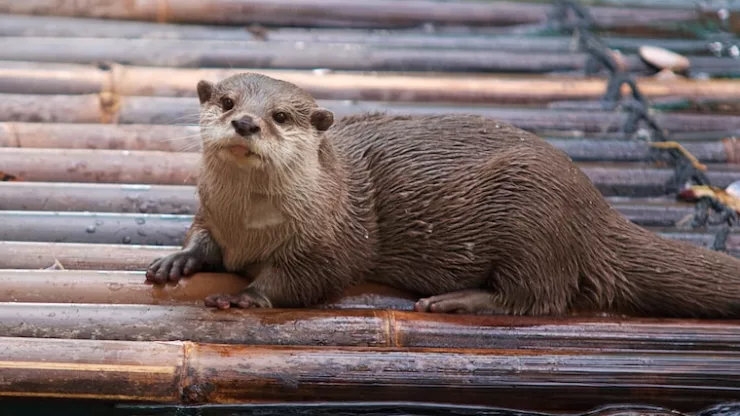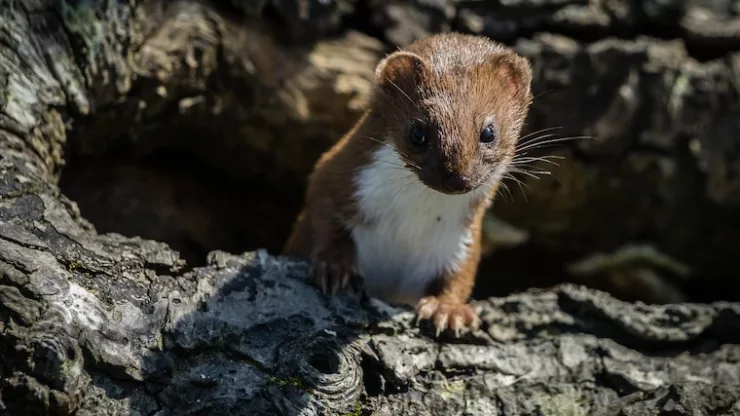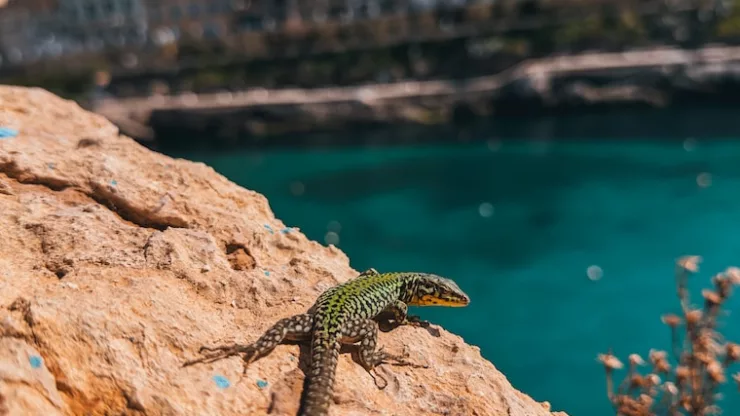As urbanization continues to expand, the need for effective wildlife and stormwater management becomes increasingly crucial.
The negative impact of urbanization on wildlife is often underestimated, but with innovative strategies and community involvement, we can create a sustainable future for both urban wildlife and stormwater management.
Jump to Section
Understanding the Importance of Urban Wildlife and Stormwater Management
What is Urban Wildlife and Why is it Important?
Urban wildlife refers to the animals and plants that coexist with humans in urban areas.
These species play a vital role in maintaining the balance of our ecosystem.
They help control pests, pollinate plants, and improve air quality.
Moreover, urban wildlife provides recreational and educational opportunities for the community.
The Negative Impact of Urbanization on Wildlife
Urbanization can lead to habitat loss, fragmentation, and degradation, which negatively impacts wildlife populations.
The construction of buildings, roads, and other infrastructure can lead to the destruction of natural habitats and the displacement of wildlife.
Moreover, the increased use of pesticides and the introduction of non-native species can disrupt the food chain and harm native species.
The Role of Stormwater in Urban Wildlife Management
Stormwater is rainwater that flows off roofs, driveways, and other surfaces into storm drains, which then discharge into streams, rivers, and lakes.
Stormwater runoff can cause erosion, flooding, and water pollution, which can harm wildlife and their habitats.
Therefore, effective stormwater management is crucial for preserving and enhancing urban wildlife.
How Stormwater Affects Urban Wildlife
Stormwater runoff can carry pollutants, such as oil, grease, pesticides, and fertilizers, which can harm wildlife and their habitats.
Moreover, stormwater runoff can cause erosion, which can impact stream channels and destroy habitats.
Therefore, it is crucial to manage stormwater runoff to mitigate these negative impacts.
The Benefits of Proper Stormwater Management for Urban Wildlife
Proper stormwater management can provide numerous benefits for urban wildlife, such as preserving and enhancing habitats, improving water quality, and reducing erosion and flooding.
By implementing innovative strategies, communities can create a sustainable future for both urban wildlife and stormwater management.
Innovative Strategies for Urban Wildlife and Stormwater Management
Green Roofs and Their Impact on Urban Wildlife and Stormwater Management
Green roofs are vegetated roofs that provide numerous benefits for urban wildlife and stormwater management. They reduce stormwater runoff, improve air quality, and provide habitats for wildlife.
Moreover, green roofs can improve energy efficiency and reduce the urban heat island effect.
Rain Gardens: An Eco-Friendly Solution for Stormwater Management
Rain gardens are shallow depressions that capture stormwater runoff and allow it to soak into the ground.
They provide numerous benefits, such as reducing stormwater runoff, improving water quality, and providing habitats for wildlife.
Moreover, rain gardens can be aesthetically pleasing and provide educational opportunities for the community.
The Benefits of Implementing Vegetative Buffers for Stormwater Management
Vegetative buffers are strips of vegetation that provide numerous benefits for stormwater management and wildlife. They reduce stormwater runoff, filter pollutants, and provide habitats for wildlife.
Moreover, vegetative buffers can improve the aesthetic value of the landscape and provide recreational opportunities for the community.
The Role of Permeable Pavements in Urban Wildlife and Stormwater Management
Permeable pavements are surfaces that allow stormwater to soak into the ground instead of running off into storm drains.
They provide numerous benefits, such as reducing stormwater runoff, improving water quality, and providing habitats for wildlife.
Moreover, permeable pavements can reduce the urban heat island effect and improve the aesthetic value of the landscape.
The Importance of Community Involvement in Urban Wildlife and Stormwater Management
Community involvement is crucial for creating a sustainable future for both urban wildlife and stormwater management.
By educating the community, fostering partnerships, and implementing innovative strategies, communities can create a shared vision for a sustainable future.
The Future of Urban Wildlife and Stormwater Management
Emerging Technologies in Urban Wildlife and Stormwater Management
Emerging technologies, such as sensors and data analytics, can provide valuable insights into urban wildlife and stormwater management.
By leveraging these technologies, communities can make data-driven decisions and create a more sustainable future.
The Importance of Education in Urban Wildlife and Stormwater Management
Education is crucial for creating awareness and fostering a sense of stewardship for urban wildlife and stormwater management.
By educating the community, communities can create a shared vision for a sustainable future and foster a sense of ownership and responsibility.
The Need for Sustainable Development in Urban Wildlife and Stormwater Management
Sustainable development is crucial for creating a sustainable future for both urban wildlife and stormwater management.
By implementing sustainable practices, communities can minimize their impact on the environment and create a more resilient future.
Addressing the Challenges of Urbanization Through Effective Wildlife and Stormwater Management
Urbanization presents numerous challenges for wildlife and stormwater management.
However, by addressing these challenges through innovative strategies and community involvement, we can create a sustainable future for both urban wildlife and stormwater management.
Conclusion: Building a Sustainable Future for Urban Wildlife and Stormwater Management
In conclusion, urban wildlife and stormwater management are crucial for creating a sustainable future for our cities.
By implementing innovative strategies, fostering community involvement, and promoting sustainable development, we can create a shared vision for a sustainable future.
FAQ
What are some common pollutants found in stormwater runoff?
Common pollutants found in stormwater runoff include oil, grease, pesticides, fertilizers, and sediment.
What is the urban heat island effect?
The urban heat island effect refers to the phenomenon where urban areas are significantly warmer than surrounding rural areas due to human activity, such as the construction of buildings and roads.
How can green roofs benefit urban wildlife?
Green roofs can benefit urban wildlife by providing habitats, reducing stormwater runoff, and improving air quality.
What is a rain garden?
A rain garden is a shallow depression that captures stormwater runoff and allows it to soak into the ground.
How can vegetative buffers benefit stormwater management?
Vegetative buffers can benefit stormwater management by reducing stormwater runoff, filtering pollutants, and providing habitats for wildlife.
I’m a nature enthusiast and creator of Metro Wilds and have spent years exploring the great outdoors.
With a passion for environmental conservation and sustainability, I have dedicated my career to writing about the beauty and wonders of nature, as well as the threats facing our planet.
Contact me at [email protected] for assistance.





